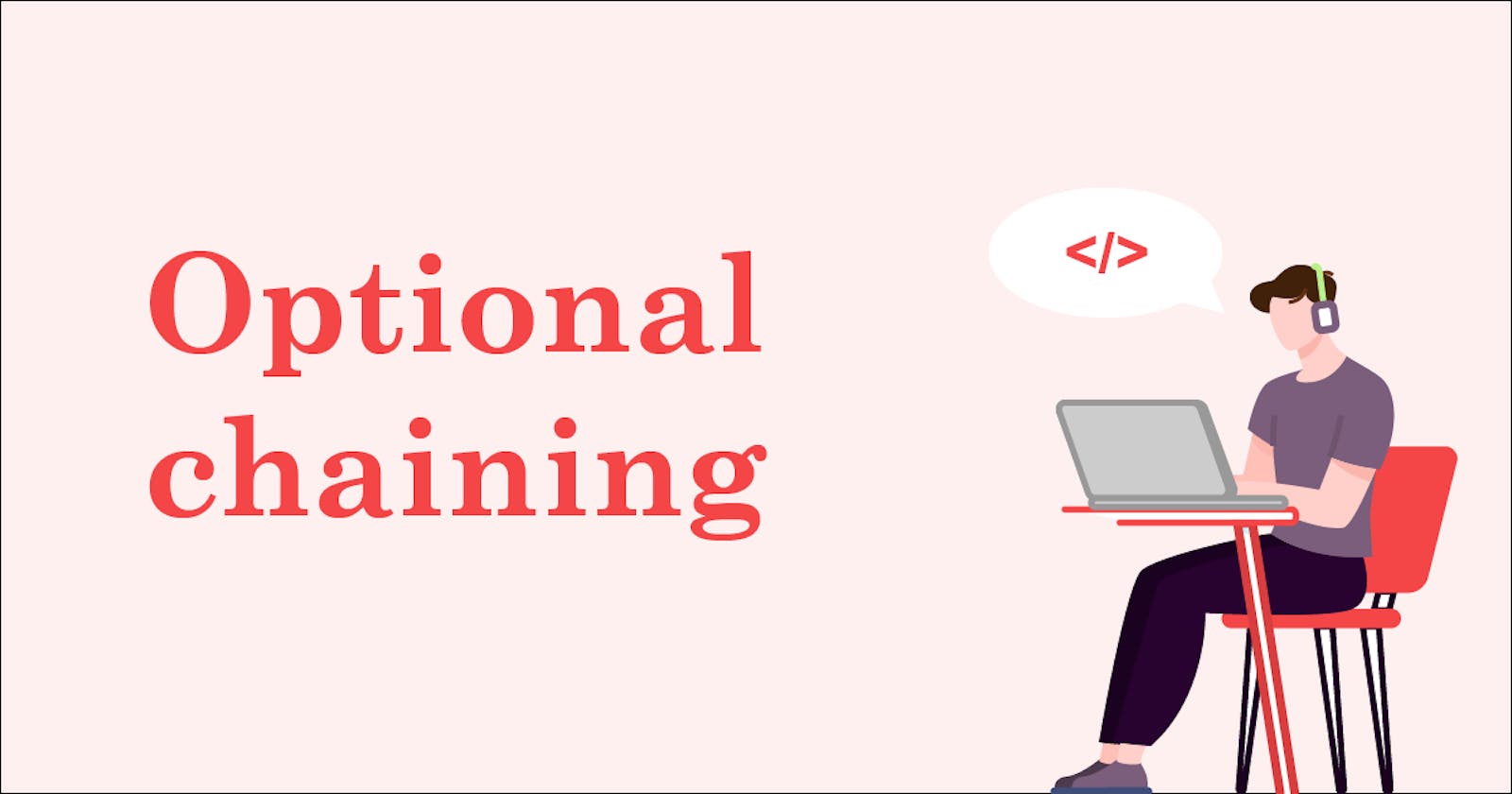Welcome to the first post of the Cool Syntax series! I intend to publish a post, from time to time, on how to write clean JavaScript code like a pro!
The first text is about optional chaining. A syntactic sugar that makes reading content of an object much shorter and simpler. Let me show it to you.
Take a look at this array of objects.
const art = [
{
type: "paining",
about: {
name: "The starry night",
author: "Vincent van Gogh",
year: "1889",
medium: "Oil on canvas",
},
dimensions: {
width: "92.1",
height: "73.7",
},
},
{
type: "sculpture",
about: {
name: "David",
author: "Michelangelo",
},
dimensions: {
width: "517",
height: "199",
},
},
{
type: "photography",
about: {
name: "Pillars of Creation (Eagle Nebula)",
author: "Hubble Space Telescope",
},
},
];
Imagine we fetched some data, and now we have the art array of objects. Then, let's say we want to log type of each object in the art array.
art.forEach(artPiece => {
console.log(artPiece.type);
})
Now, let's log each height.
art.forEach(artPiece => {
console.log(artPiece.dimensions.height);
})
And... Yes, it will display the error message -> TypeError: Cannot read property 'height' of undefined. It's because we don't have the dimensions (on each object), and we're trying to get a property from it.
SOLUTION 1 - && operator
art.forEach(artPiece => {
console.log(artPiece.dimensions && artPiece.dimensions.height);
})
SOLUTION 2 - optional chaining
art.forEach(artPiece => {
console.log(artPiece?.dimensions?.height);
})
Imagine you have a complex object with many objects in objects...
w && w.x && w.x.y && w.x.y.z
vs
w?.x?.y?.z
I guess you see why optional chaining is the better solution (in terms of syntax)!
I hope you enjoyed this short syntax-related post! Check out my previous posts and stay tuned for more cool JavaScript stuff!
Cheers, Dalibor

